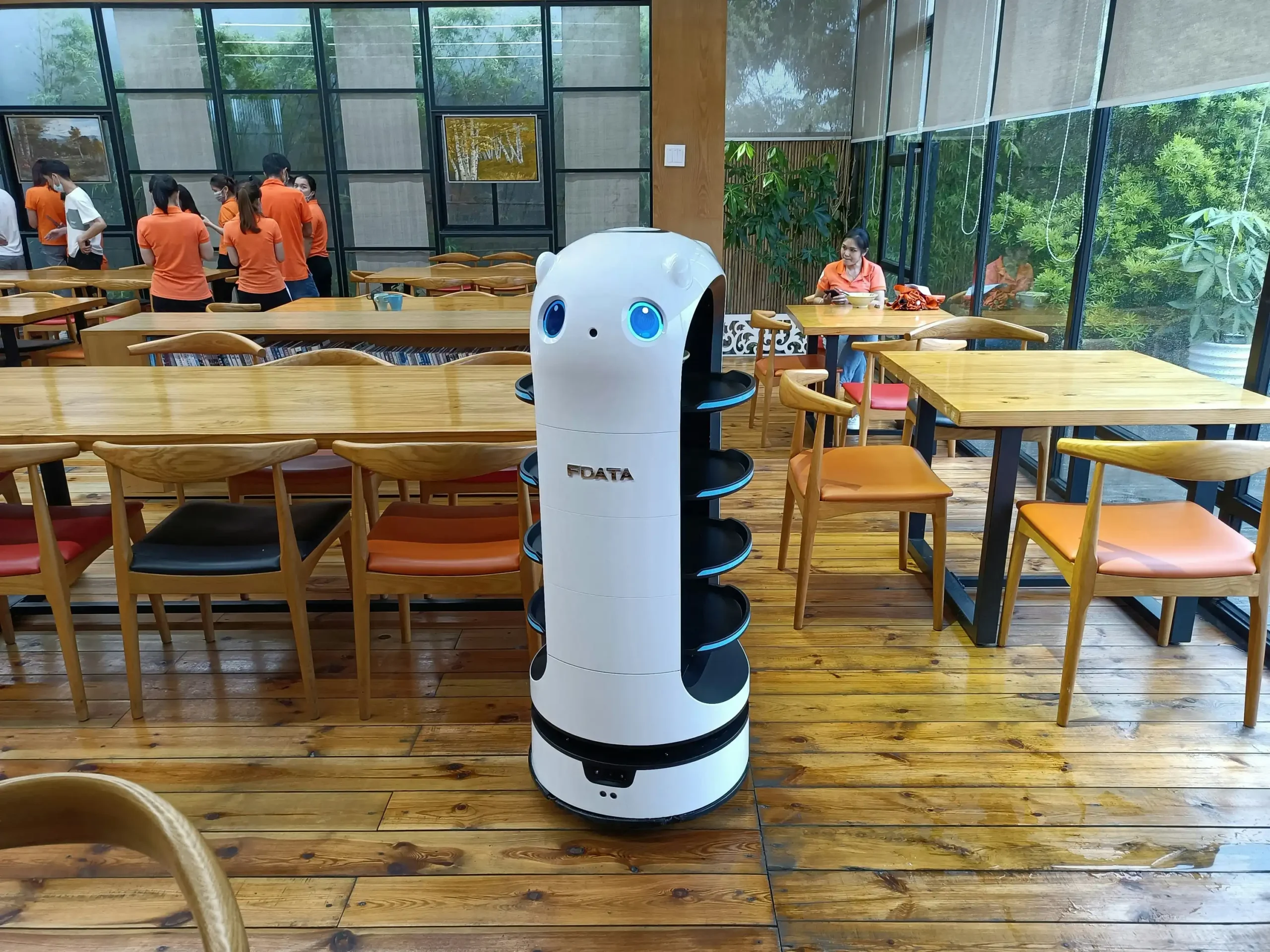Robotics in Daily Life: How 2025 Became the Year of Automation
Imagine waking up to a robot brewing your morning coffee, a self-driving car navigating rush hour, or a drone delivering your groceries before you even finish your shower. This isn’t science fiction—it’s February 25, 2025. Robotics in daily life applications has surged from niche labs to mainstream reality, reshaping industries and lifestyles at breakneck speed. With global robotics investments soaring past $240 billion this year alone (Statista, 2025), automation isn’t just a trend—it’s the backbone of modern efficiency. But what does this mean for entrepreneurs, marketers, and innovators? How can you harness robotics in daily life applications to thrive? In this guide, we’ll dissect the game-changing innovations, proven strategies, and real-world wins defining 2025. Ready to future-proof your business? Let’s dive in.
Robotics in Daily Life: The Industries Leading the Charge
Healthcare’s Robotic Revolution: From AI-powered surgical robots minimizing human error to exoskeletons restoring mobility, healthcare is a frontrunner in robotics in daily life applications. Take the da Vinci 5.0 system, which reduced recovery times by 40% in 2024 trials (Johns Hopkins Medicine). Hospitals now deploy disinfection bots like Xenex’s LightStrike, cutting hospital-acquired infections by 70% (CDC, 2024). For innovators, this signals opportunities in telemedicine robotics and personalized care solutions.
Retail & Logistics: Amazon’s 2025 rollout of 200,000 delivery drones and Walmart’s shelf-scanning robots epitomize automation’s retail dominance. Autonomous warehouses now operate at 3x human speed, with Boston Dynamics’ Stretch robot unloading trucks in 15 minutes. Entrepreneurs can leverage this by integrating robotic inventory systems or AI-driven customer service bots.
Smart Homes & Consumer Tech: iRobot’s Roomba j7+ now maps homes in 4K, while Samsung’s Bot Handy folds laundry and pours wine. Over 45% of U.S. households use at least one robotic device daily (Pew Research, 2025). Marketers should note: consumers crave seamless integration—think voice-controlled ecosystems or robotic pet companions.
Agriculture & Sustainability: Robotics in daily life applications is even greening our planet. John Deere’s autonomous tractors optimize crop yields, while startups like Iron Ox use hydroponic bots to slash water use by 90%. As climate pressures mount, robots offer scalable solutions for sustainable farming and carbon-neutral supply chains.
2025’s Breakthrough Trends in Robotics
Collaborative Robots (Cobots): Unlike traditional industrial bots, cobots like Universal Robots’ UR20 work safely alongside humans. Ford’s factories report 25% higher productivity since adopting them. Their affordability ($28k average cost) makes robotics in daily life accessible to small businesses too.
AI-Driven Personalization: Robotics now learn and adapt. LG’s CLOi ChefBot crafts meals based on dietary needs, while Toyota’s Human Support Robot (HSR) adjusts its care routines by analyzing user moods. For marketers, hyper-personalized robotic interactions could redefine customer loyalty.
5G-Powered Swarm Robotics: With 5G’s ultra-low latency, drone swarms can now plant 100,000 trees daily (World Economic Forum). Companies like Zipline use swarms for emergency medical deliveries across Africa. Entrepreneurs, take note: swarm tech is ripe for disaster response and large-scale logistics.
Ethical AI Governance: As robots permeate daily life, 2025 saw the EU’s AI Liability Directive mandate transparency in autonomous decisions. Innovators must prioritize ethical design to build trust—think explainable algorithms and bias audits.

Step-by-Step: Integrating Robotics Into Your Business
1. Audit Pain Points: Start by identifying repetitive tasks. Did you know 47% of retailers saved 15+ hours weekly by automating inventory (McKinsey, 2025)? Tools like UiPath’s Process Mining can pinpoint automation opportunities.
2. Pilot & Scale: Test robotics in daily life applications with affordable solutions. SoftBank’s Pepper robot, for instance, boosted retail engagement by 30% in pilot stores. Use metrics like ROI and user feedback to refine before scaling.
3. Upskill Teams: MIT’s 2025 study found that firms training employees in robotics saw 2x faster adoption. Platforms like Coursera offer certifications in cobot management and AI ethics.
4. Prioritize Security: With rising cyberattacks on IoT devices, invest in encrypted robotics systems. Palo Alto Networks’ 2025 report recommends zero-trust frameworks for all connected bots.
Real-World Wins: Robotics in Action
Domino’s Pizza Checker: This AI robot ensures every pizza meets quality standards, reducing errors by 95% and boosting customer satisfaction scores to 4.8/5 (Domino’s 2024 Annual Report).
Singapore’s Robotic Nurses: Gleneagles Hospital’s Moxi robots handle 30% of non-clinical tasks, freeing nurses to focus on patient care. Result? A 20% drop in staff burnout (Healthcare IT News).
Tesla’s Optimus in Manufacturing: Tesla’s humanoid robot now installs car seats with millimeter precision, cutting production costs by $800 per vehicle (Tesla Investor Day, 2025).
FarmWise’s Weeding Bots: These AI-driven bots reduced herbicide use by 90% for California lettuce farms, proving sustainability and profitability can coexist.
Future-Proofing: What’s Next for Robotics
Quantum Computing Synergy: IBM’s 2025 Quantum-Robotics Lab achieved a 50x speed boost in robot decision-making. Expect quantum-powered bots to dominate complex tasks like drug discovery by 2026.
Emotional Intelligence (EI): Startups like Emoshape are teaching robots to interpret human emotions via voice tone and facial cues. Imagine EI bots transforming mental health care or sales.
Self-Healing Materials: MIT’s 2024 breakthrough in polymers enables robots to repair minor damages autonomously—cutting maintenance costs by 40%.
Space Robotics: NASA’s Astrobee now maintains the ISS, while startups like AstroScale deploy bots to clean orbital debris. The space robotics market will hit $4.3 billion by 2026 (Morgan Stanley).
Tools for Robotics Success in 2025
Development Platforms: NVIDIA’s Isaac Sim streamlines robot training via photorealistic simulations, slashing development time by 60%.
Open-Source Communities: ROS 2 (Robot Operating System) offers free frameworks for prototyping. Over 70% of robotics startups now use ROS 2 (IEEE Spectrum).
Analytics Suites: Splunk’s IoT Analytics tracks robot performance in real-time, predicting failures before they occur.
Funding & Grants: The U.S. National Robotics Initiative allocated $150 million in 2025 for SMEs adopting automation. NSF grants also support ethical AI research.
From operating rooms to living rooms, robotics in daily life applications is rewriting the rules of possibility. As 2025 unfolds, the question isn’t whether to adopt automation—it’s how fast you can adapt. Start small, think big, and remember: the businesses thriving today are those daring to automate yesterday. Ready to join them? Share your robotics journey with us and lead the charge into tomorrow.
“`
